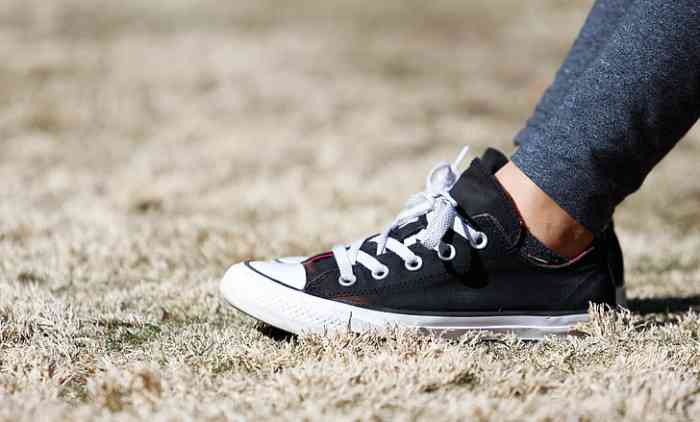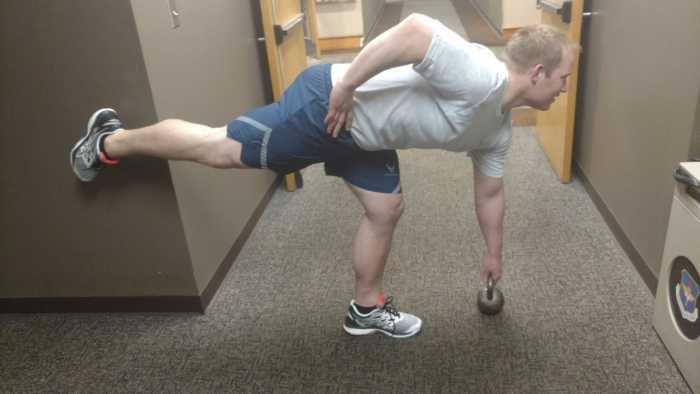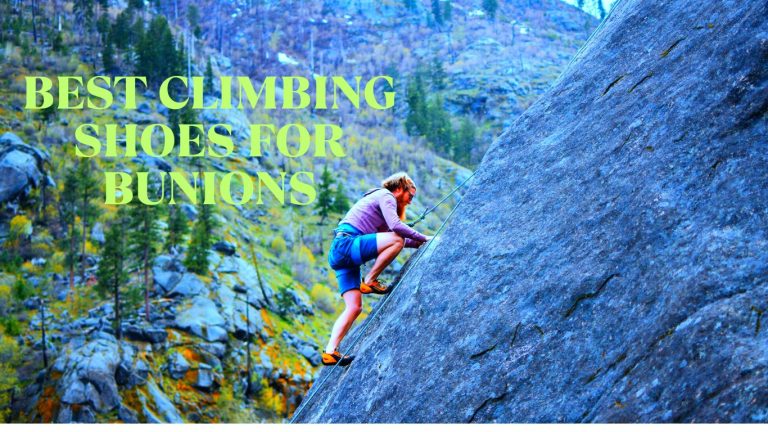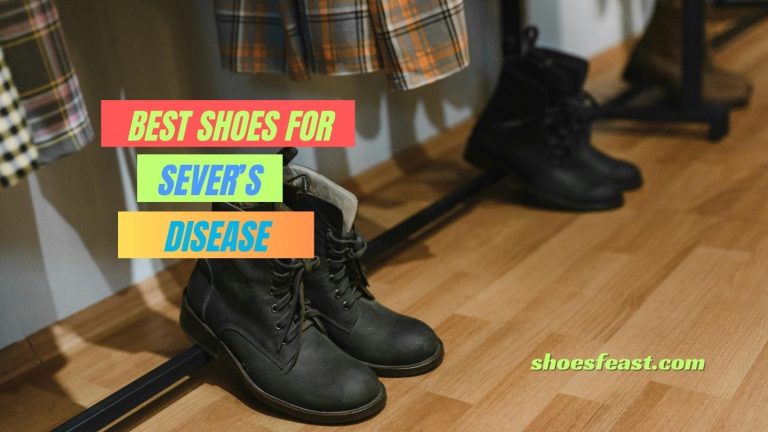Top 10 Best Shoes for Hiking Trails
When preparing for hiking, selecting the right shoes is as crucial as choosing the trail itself. The proper footwear not only enhances comfort during long treks but also ensures safety by minimizing the risk of slips and injuries. Hiking involves navigating various terrains, from rocky paths to muddy slopes, making it imperative to wear shoes designed to handle these challenges effectively. A good pair of hiking shoes will support your ankles, cushion your steps, and withstand environmental wear and tear, ultimately boosting your performance and enjoyment. This guide will explore the key features to look for in hiking shoes, helping you make an informed decision that aligns with your hiking needs.
Top 10 Shoe Reviews for Hiking Trails
Table of Contents
Toggle1. Merrell Moab 2 Ventilator
The Merrell Moab 2 Ventilator is a stalwart in the hiking community, renowned for its reliability and comfort. This shoe is crafted with a suede leather and mesh upper, providing a perfect balance between durability and breathability. Its Vibram TC5+ sole ensures robust grip on various terrains, from dusty trails to rocky inclines.
The Merrell Air Cushion in the heel absorbs shock and adds stability, which is crucial for maintaining comfort during long hikes. Additionally, the Moab 2 features a protective toe cap and a supportive footbed designed to prevent fatigue on prolonged adventures.
Pros:
Excellent traction with Vibram soles
Highly breathable mesh panels
Durable suede leather construction
Comfortable with shock-absorbing heel
Affordable price point
Cons:
Not fully waterproof
May require a break-in period
Heavier than some modern hiking shoes
2. Salomon X Ultra 3 GTX
The Salomon X Ultra 3 GTX is designed for speed and stability, making it ideal for aggressive trail runners and hikers alike. This shoe features an Advanced Chassis, which is paired with foam cushioning for comfort while minimizing fatigue on rough terrain. The Gore-Tex membrane offers exceptional waterproofing while maintaining breathability.
Salomon’s patented Quicklace system ensures a secure and customizable fit, making it easy to put on and take off. The Contagrip outsole provides high-performance traction, particularly on wet and slippery surfaces.
Pros:
Superior waterproofing with Gore-Tex
Lightweight and stable
Quicklace system for easy adjustment
Excellent grip on various surfaces
Comfortable for long durations
Cons:
Expensive relative to some competitors
Narrow fit may not suit all foot types
Less durable than some heavier boots
3. La Sportiva TX4 Mid GTX
Designed for technical trails and rough terrain, the La Sportiva TX4 Mid GTX excels in environments where precision and protection are key. The shoe is built with a sturdy leather upper and a Vibram MegaGrip outsole that offers excellent traction on slippery surfaces.
The GORE-TEX Extended Comfort lining ensures waterproof protection while allowing for breathability. An STB Control System provides torsional rigidity and support, which is crucial when navigating uneven ground. The mid-cut design also offers increased ankle support without sacrificing mobility.
Pros:
Robust leather upper for maximum durability
Excellent traction with Vibram MegaGrip
GORE-TEX lining for waterproofing and breathability
Good ankle support in a mid-cut design
Ideal for technical, rocky terrain
Cons:
Higher price point
Heavier build can be cumbersome on long hikes
Less cushioned than some alternatives
4. KEEN Targhee III Waterproof Mid
The KEEN Targhee III Waterproof Mid is a rugged yet comfortable hiking shoe that is built to handle any terrain. It features a KEEN.Dry waterproof, breathable membrane, and leather uppers that resist wear and tear. The multidirectional lug pattern ensures reliable traction, and the ESS shank provides torsional stability.
This shoe is particularly noted for its wide toe box, which allows for natural foot spread and comfort over long distances. Additionally, the mid-cut height increases ankle support without restricting movement.
Pros:
Wide toe box for enhanced comfort
Effective waterproofing with KEEN.Dry
Durable construction with leather uppers
Excellent traction and stability
Good value for the features offered
Cons:
Some users report a long break-in period
May run half a size small
The style might not appeal to all users
5. Adidas Terrex Swift R2 GTX
The Adidas Terrex Swift R2 GTX is tailored for hikers who value speed and performance. Featuring a lightweight design and a GORE-TEX membrane, it offers a great combination of waterproofing and breathability. The Traxion outsole provides exceptional grip in all directions, which is critical on fast hikes or slippery conditions.
The bungee lacing system allows for quick adjustments on the go. Additionally, the shoe’s molded TPU toe cap adds protection against rocks and roots.
Pros:
Lightweight and agile for fast hiking
Waterproof and breathable with GORE-TEX
Excellent grip with Traxion outsole
Quick lacing system for easy adjustment
Stylish design suitable for off-trail use
Cons:
Less cushioning compared to more robust models
Not as durable for very rugged terrain
Fit might be tight for users with wide feet
6. Columbia Newton Ridge Plus II Waterproof
The Columbia Newton Ridge Plus II Waterproof is crafted to offer long-lasting comfort and durability. This shoe features a waterproof leather upper combined with high-quality mesh for breathability.
The lightweight Techlite midsole provides superior cushioning, while the Omni-Grip rubber outsole ensures advanced traction on various terrains. It is especially known for maintaining a balance between functionality and style, making it suitable for both trails and casual wear.
Pros:
Excellent waterproof leather upper
High traction with Omni-Grip technology
Lightweight cushioning for comfort
Durable construction suitable for rough trails
Attractive design versatile for multiple uses
Cons:
May feel stiff initially
Runs slightly small in sizing
Insufficient arch support for some users
7. Vasque Breeze AT Mid GTX
The Vasque Breeze AT Mid GTX stands out for its robust build and excellent weather resistance, suitable for even the most challenging terrains. This mid-cut boot features a Gore-Tex membrane for waterproof protection and a Vibram MegaGrip outsole for unwavering stability and grip.
The all-terrain compound midsole enhances shock absorption, reducing foot fatigue during long excursions. It’s a top choice for hikers who need reliable performance in variable conditions.
Pros:
Gore-Tex waterproofing is highly effective
Vibram outsole for superior grip and durability
Robust midsole offers excellent shock absorption
Mid-cut for enhanced ankle support
Ideal for challenging, rugged terrains
Cons:
Heavier than some other hiking shoes
Higher price range
May overheat in hot weather due to robust construction
8. Hoka One One Sky Kaha
Known for its exceptional comfort and cushioning, the Hoka One One Sky Kaha makes long hikes feel shorter. This shoe features a full-grain leather upper and a waterproof eVent membrane. Its wide platform and adaptive cushioning ensure stability and support, while the Vibram MegaGrip hi-traction outsole provides dependable grip on slippery surfaces.
The Sky Kaha is particularly praised for its ability to reduce strain on the feet during extended treks.
Pros:
Exceptional cushioning and comfort
Waterproof and durable full-grain leather
Excellent stability and support
Lightweight for its class
Strong traction with Vibram outsole
Cons:
Expensive compared to other models
Bulky appearance not suited for casual use
Limited color options available
9. Scarpa Zodiac Plus GTX
The Scarpa Zodiac Plus GTX is a hybrid between a heavy-duty boot and a light trail shoe, offering the best of both worlds. It boasts a sock-fit DV construction which reduces bulk and enhances fit, alongside a Gore-Tex membrane for complete waterproofing. The Vibram Drumlin outsole not only provides excellent grip on mixed terrain but also contributes to the shoe’s overall durability.
This model is designed for the adventurous hiker who traverses both technical climbs and moderate trails.
Pros:
Agile and supportive, suitable for technical climbs
Gore-Tex for reliable waterproofing
Durable construction with Vibram outsole
Sock-fit construction enhances overall fit
Lightweight despite its robust features
Cons:
Steep price point
Limited breathability
Narrow fit might not suit wider feet
10. North Face Hedgehog Fastpack GTX
The North Face Hedgehog Fastpack GTX is built for speed and efficiency on the trail, featuring a CRADLE technology for stable foot positioning and a Vibram outsole for traction.
Its Gore-Tex membrane ensures waterproof performance without compromising breathability. The shoe’s lightweight construction and heel stability technology offer a smooth ride, making it ideal for fast-paced hikes or multi-sport use.
Pros:
Lightweight and efficient for fast hiking
Stable foot positioning with CRADLE technology
Waterproof and breathable
Excellent traction with Vibram rubber
Versatile for hiking and other outdoor activities
Cons:
Less cushioning than bulkier models
May not be as durable under extreme conditions
Some users find the fit too snug
Buyer’s Guide
Choosing the best shoes for hiking trails involves several factors that contribute to the overall functionality and comfort of the footwear. Here’s what you should consider:
Durability: Hiking shoes should be built to last. Look for shoes made from high-quality materials that can withstand the rough conditions of outdoor trails. Leather or synthetic uppers with reinforced stitching and waterproof treatments are ideal for durability and longevity.
Grip and Traction: The outsoles of your hiking shoes are critical as they determine your grip on various surfaces. Shoes with deep lugs (4-5 mm) made from sticky rubber or Vibram soles offer superior traction on both wet and dry surfaces, reducing the risk of slips and falls.
Comfort and Fit: Comfort is paramount in hiking footwear. Shoes should fit snugly around your heel while giving your toes enough room to move. Look for shoes with ample cushioning in the midsole, such as EVA (ethylene vinyl acetate) or polyurethane, which provide support and reduce foot fatigue.
Water Resistance and Breathability: Depending on your hiking environment, consider whether you need waterproof shoes or ones that offer more breathability. Waterproof membranes, like Gore-Tex, are essential for wet conditions but can reduce overall breathability. In dryer climates, opt for shoes with mesh panels that help keep feet cool and dry.
Weight: The weight of your hiking shoes can impact your endurance on long trails. Lightweight shoes are generally more comfortable and less cumbersome, allowing for greater agility and less fatigue.
Ankle Support: Mid to high-top hiking boots provide additional ankle support, which is beneficial on uneven terrain. However, for easier or well-maintained trails, low-top hiking shoes might be sufficient and offer more flexibility.
Material: The material of the shoe affects its durability, breathability, and water resistance. Nylon and suede offer good durability and flexibility, while full-grain leather offers excellent water resistance and durability but is less breathable.
FAQ
What is the difference between hiking shoes and hiking boots?
Hiking shoes are generally lighter and more flexible than boots, making them suitable for day hikes or moderate terrain. Boots offer more ankle support and are often waterproof, making them better for rugged terrain or multi-day treks.
How should hiking shoes fit?
They should be snug enough to prevent movement inside the shoe, which can lead to blisters, but with enough room to wiggle your toes. Make sure there’s about a thumb’s width of space between your toes and the front of the shoe to accommodate foot swelling on long hikes.
How important is waterproofing in hiking shoes?
Waterproofing is crucial if you frequently hike in wet conditions. However, for dry climates, non-waterproof, breathable shoes may be preferable to prevent overheating and provide comfort.
Can I use running shoes for hiking?
Running shoes are not recommended for serious hiking because they lack the necessary traction, support, and durability for rough terrains. Hiking shoes are specifically designed to address the demands of trail environments.
How do I care for my hiking shoes?
Clean your shoes after each hike, especially if they’re muddy or dirty. Allow them to air dry away from direct heat. Treat leather with conditioning products and reapply waterproofing treatments as needed.
When should I replace my hiking shoes?
Replace your hiking shoes when you notice significant wear in the sole, or if the upper starts to come apart from the sole. Worn-out shoes can lead to decreased traction and support, increasing the risk of injury.
Are heavier or lighter hiking shoes better?
The choice depends on the type of hiking you plan to do. Lighter shoes are great for day hikes and less challenging terrain, while heavier, sturdier shoes with more support are better for rugged or mountainous landscapes.
Conclusion
Selecting the right footwear for hiking trails is essential for ensuring safety and functionality. The right shoes not only protect from harsh terrain but also provide the necessary support and comfort for varying trail conditions. Whether you prefer a light, fast hike or a rugged, long-distance trek, choosing shoes with excellent traction, support, and durability will greatly enhance your hiking experience.





